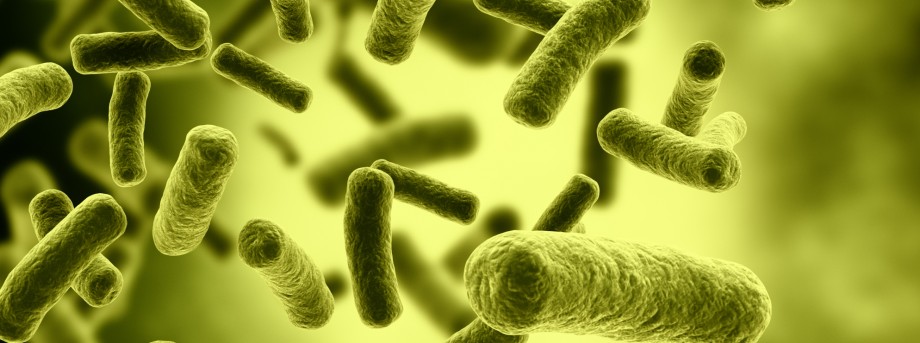The University of Nottingham
 Exchange online
Exchange online
Research Exchange
Changing the conversation — polymers disrupt bacterial communication

Artificial materials based on simple synthetic polymers can disrupt the way in which bacteria communicate with each other, a study led by scientists at The University of Nottingham has shown.
The findings, published in the journal Nature Chemistry, could further our knowledge on how better to control and exploit bacteria in the future and will have implications for work in the emerging field of synthetic biology.
Professor Cameron Alexander, in the University’s School of Pharmacy, led the study. He said: “This is an exciting and unexpected finding for us and comes as a result of research which was very much curiosity driven.
“It gives us more information about how to design artificial cells and to produce materials that will interact with microorganisms and control their behaviour, with a whole host of potential applications including drug discovery and energy production.”
Influencing microbial behaviour
The study, which also involved scientists from the universities of Birmingham and Newcastle, was funded by the Engineering and Physical Sciences Research Council (EPSRC), the Biotechnology and Biological Sciences Research Council (BBSRC) and The University of Nottingham.
As part of their research into the development of artificial cells and programmable bacterial coatings, the team found that polymers — long-chain molecules — that were able to arrange bacteria into clustered communities were, surprisingly, encouraging these bacteria to actively ‘talk’ to each other. This communication occurred by quorum sensing (QS), a way in which bacteria signal to each other, and coordinate response to environment. Quorum sensing also controls the way in which bacteria release certain types of molecules — for example as a defence mechanism or as tools for infection.
This finding opens up the possibility to influence microbial behaviour by controlling their ability to form productive communities. This can be exploited to prevent the release of toxins during the spread of infection or, alternatively, the production of useful molecules which can act as drugs, food source or biofuels.
Simple design principles
The researchers used the bioluminescent marine bacterium Vibrio harveyi, as it allows them to easily track the changes in the bacteria’s behaviour by measuring the pattern and intensity of the natural light produced by the organism.
Building on some intriguing initial results, the team of pharmacists, microbiologists chemists and computer scientists were also able to produce computational models predicting and explaining the behaviour of the microbial communities, which were crucial to deduct simple design principles for the programmable interaction of bacteria and polymers.
Overall, this research offers new understanding of bacterial community behaviour and will have implications in the design of materials as antimicrobials, for bioprocessing, biocomputation and, more generally, synthetic biology.
The paper, Bacteria clustering by polymers induces the expression of quorum sense controlled phenotypes, is available online on the Nature Chemistry website.
Leave a Reply
Other

Top prize for quantum physicist
A University of Nottingham physicist has won a prestigious medal from the Institute of Physics for […]

Zero carbon HOUSE designed and built by students comes home
Design and construct a low cost, zero carbon, family starter home, transport it to Spain, build […]